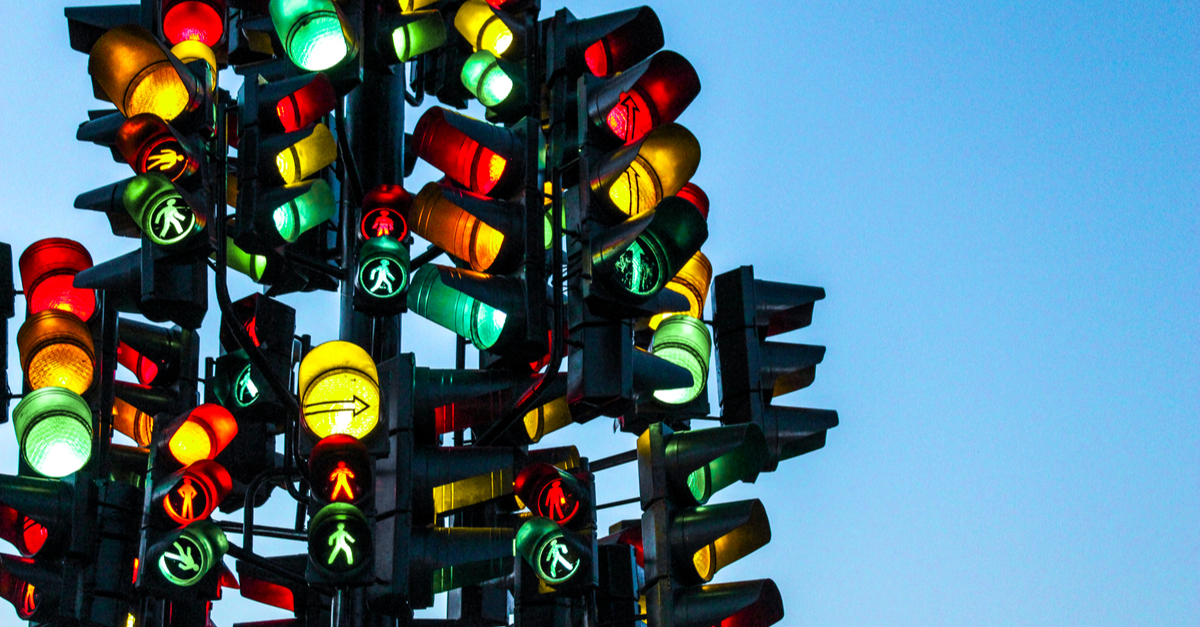São Paulo has embarked on modernizing its traffic signal network. A total of 2,586 smart traffic lights will be introduced at key traffic junctures, replacing malfunctioning conventional devices.
As per the Municipal Public Services Regulatory Agency (SP Regula), the project will span three years. By the end of 2023, an estimated 270 intersections will be upgraded.
The deployment began this semester with 16 active smart signals at intersections, including Rua Cardeal Arcoverde and Avenida Doutor Arnaldo.
The smart light initiative falls under a Public-Private Partnership (PPP) for public lighting network modernization, signed in 2018 with Iluminação Paulistana SPE.

The installation had been postponed, but the city incorporated all traffic light maintenance into the concessionaire’s duties last year, adding a cost of R$1.1 billion (US$220 million) for five years.
This amendment required a new law and only got the green light in August 2022, becoming effective in September for a 17-year concession period.
These advanced traffic lights are designed to enhance city traffic flow.
They employ technology adjusting green times based on vehicle demand and are interconnected, optimizing traffic throughout an area.
If an intersection faces congestion due to an accident, the nearby light detects traffic slowdown, extending its green phase, as well as that of neighboring signals, to facilitate smoother vehicle movement.
Mauricio Nastari of SP Regula noted that issues like getting a green light at one intersection only to find the next light turning red would be rare.
The Traffic Engineering Company (CET) can also remotely adjust the signals in real time when needed.
Though these lights aim to improve vehicular movement, pedestrian safety remains a priority. These devices will primarily be placed in the city’s most traffic-prone areas.
Regarding power outages and cable thefts, a persistent challenge in São Paulo, the new lights are still vulnerable.
However, thanks to their integrated system, issues are immediately reported to CET, expediting repair processes.
In theft-prone areas, cheaper aluminum cabling is used, making theft less attractive.

